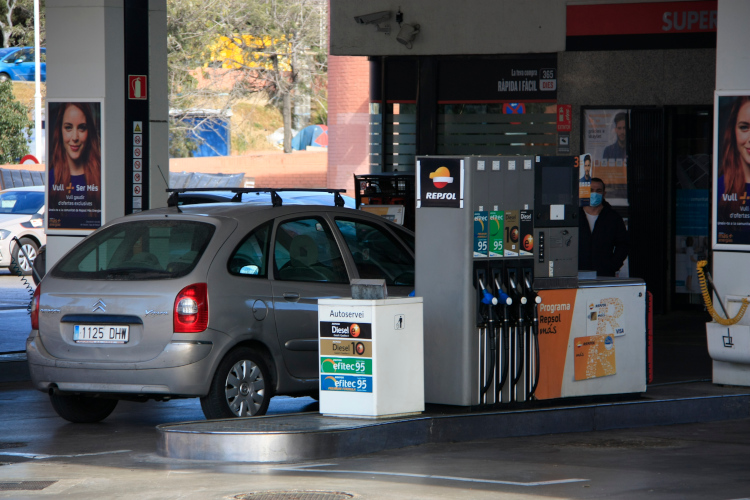20 cent discount per liter of fuel comes into force: how it works
Reduced price will only be applied until June 30 and will not be shown on gas price signs

The 20-cent discount per liter of fuel for all drivers came into force on Friday at midnight, after the Spanish government announced it on Monday as part of its €16 billion plan to withstand the effects of the war in Ukraine.
Price increases, in part due to the Russian invasion, have led to truck drivers' protests for several days, causing supply chain disruptions and halting production in several companies.
Here's a guide to understanding how the measure is being applied:
How much is the price reduced by and for how long?
It is reduced by 20 cents per liter (or kg, for GNC and GNL). The measure will last until June 30 at least. The Spanish government will have to decide whether to extend the policy beyond June.
What kinds of fuel are cheaper now?
The most common kinds of gasoline (G95 and G98), compressed natural gas (GNC, in Catalan), liquefied petroleum gas (GLP), liquefied natural gas (LNG), diesel oil (GOA, GOB), bioethanol, biodiesel, AdBlue, and some gasoline and bioethanol or diesel and biodiesel mixtures.
How can I know the real price of fuel?
Gas stations usually display the price of the different kinds of fuel on their signs, but from now until June, what the screens show is the original price. Drivers will have to do the math and subtract 20 cents per liter to know what they are paying. The discounted price will appear on the receipt along with a message referring to the decree approved by Madrid.
Who's paying for this discount?
Taxpayers, mostly. The subsidy will be split between the Spanish government, which will pay 15 cents, and petrol stations, which will pay 5 cents. Yet, this distribution only applies to companies with a turnover of €750 million per year or more. Authorities will cover the full 20 cents per liter of fuel sold by firms below that threshold.